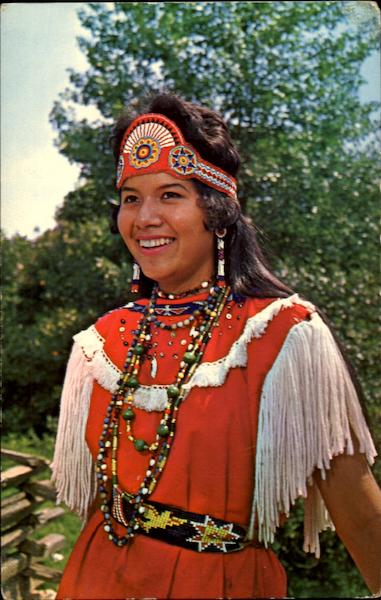

They prayed and offered tributes to at least three meteorites in the North Texas prairies, which they named. Like the Wichitas, the Comanches revered meteorites as medicine. The medicine people received tributes and in return, offered tokens that could act as medicine, such as a pouch filled with herbs or a special rock. Medicine men and Medicine women were the healers and soothsayers who helped individuals if they were sick, needed some metaphysical assistance (like love potions and the like), or desired guidance. The Comanche belief system relied on medicine. Prior to vision quests as well as during times of sickness or before a battle, Comanches spent time in sweat lodges to cleanse themselves and hold prayers. Many boys went to the Medicine Mounds near Chillicothe, Hardeman County, Texas to undergo this ritual others tried their luck on top of Comanche Peak near Granbury, Texas or Mount Scott near Lawton, Oklahoma. This was not guaranteed new chiefs had to continuously prove themselves worthy of being followed, and older chiefs might challenge them. If a man had been a successful warrior or hunter prior to his vision, he could trade his previous name to another man who might find better luck under a new name.Īfter a vision question, successful warriors and hunters lobbied other warriors to convince them to join his destiny in spite of the established chief. Upon receiving a vision that satisfied them, a person might change his or her name, thus cementing the new identity. The vision they hoped to attain would lead them to their destiny, either as a great warrior, leader, or healer. Both men and women undertook vision quests by sweating, then fasting (sometimes this was not a prescribed regimen), ingesting a hallucinogenic like peyote, and then retreating to a high place in the hopes of achieving a vivid dream. Another important aspect of the Comanches were vision questions.

Chief positions were hereditary, though successful warriors not from the leader class could challenge new chiefs.

The Comanche bands existed primarily on the warrior's choice of their leader. The Penatekas could not guarantee what other bands were doing, but the Texans refused to understand the nature of Comanche decentralization and declared war on all Comanches instead. This band sought peace with the Texans in 1840, but were massacred instead when Texans demanded that the Comanches release kidnapped people. After Nokona was killed at the Battle of Pease River in 1860, the band's name was changed, as it was taboo to use a dead man's name (Peta Nokona was the husband of Cynthia Ann Parker see her history further down this essay). In Comanche, the band "Those who moved often" is Nokoni. Some band names (translated to English) were: Yap Eaters, Antelopes, Those who moved often, Liver-Eaters, Onion-Eaters, Honey-Eaters and Buffalo-Eaters. The Comanches named their bands based on an idiosyncrasies. Some bands remained friendly with each other, while other bands might be at war with based on with whom one of the bands allied. Several bands of family clans made up the Comancheria. In the Comanche language, the word for themselves is Nermernuh, which translates to simply "people." While they had language in common, the Comanches were actually much decentralized. The Comancheria - the Empire of the Comanches - became a formidable force for both the European and Anglo American colonizers. Interestingly, their rise to power coincided with the rise of the Spanish empire, and they actually piggy-backed off the Europeans when they discovered how useful horses were. Their main occupation was war, and upon coming into their new territory, they pushed tribes like the Apaches and Wichitas away through sustained warfare. Their relatives are other Numic speakers, like the Shoshones and the Utes. They reached to the Balcones Fault (near present-day Austin), thus claiming a very large territory that encompassed over half of Texas. Instead, these nomadic people wandered into the Texas panhandle from their original homelands in Wyoming.

Unlike the Caddo and Wichita tribes who lived along the Red River, the Comanche did not originate from earlier cultures along the watershed.


 0 kommentar(er)
0 kommentar(er)
